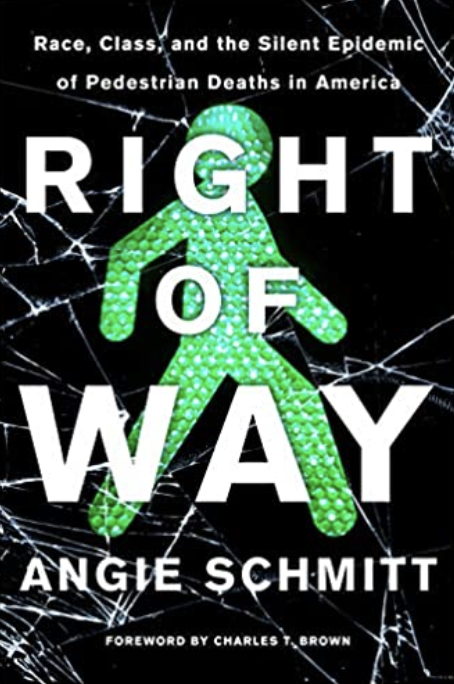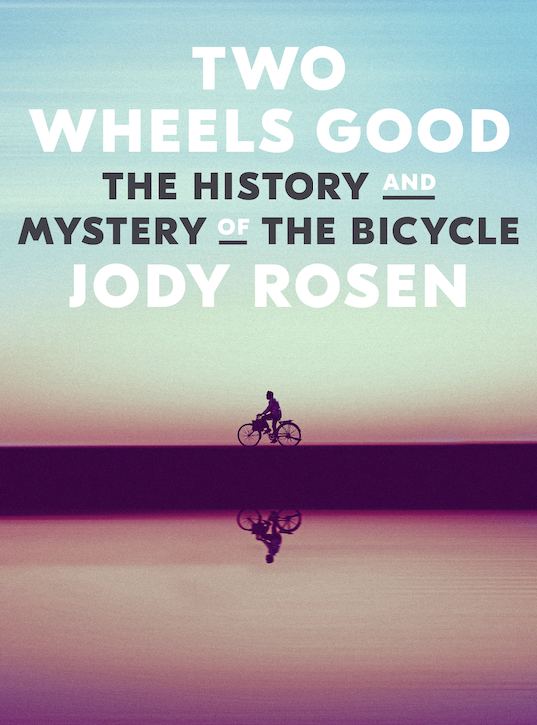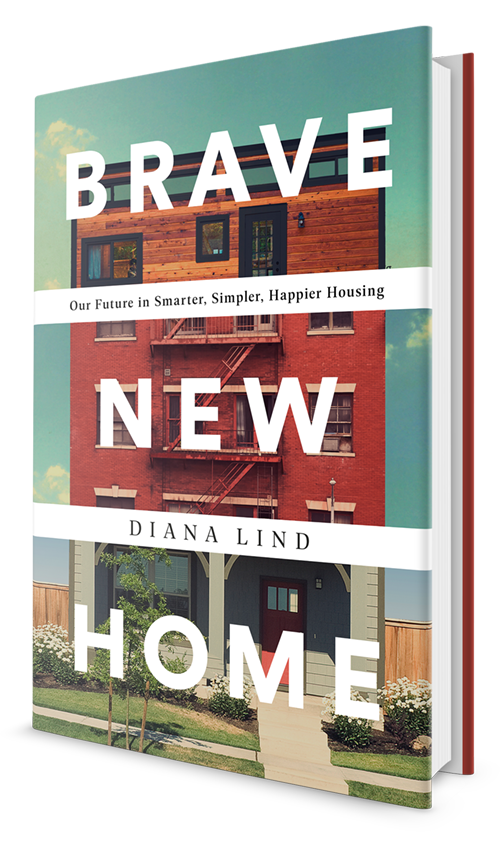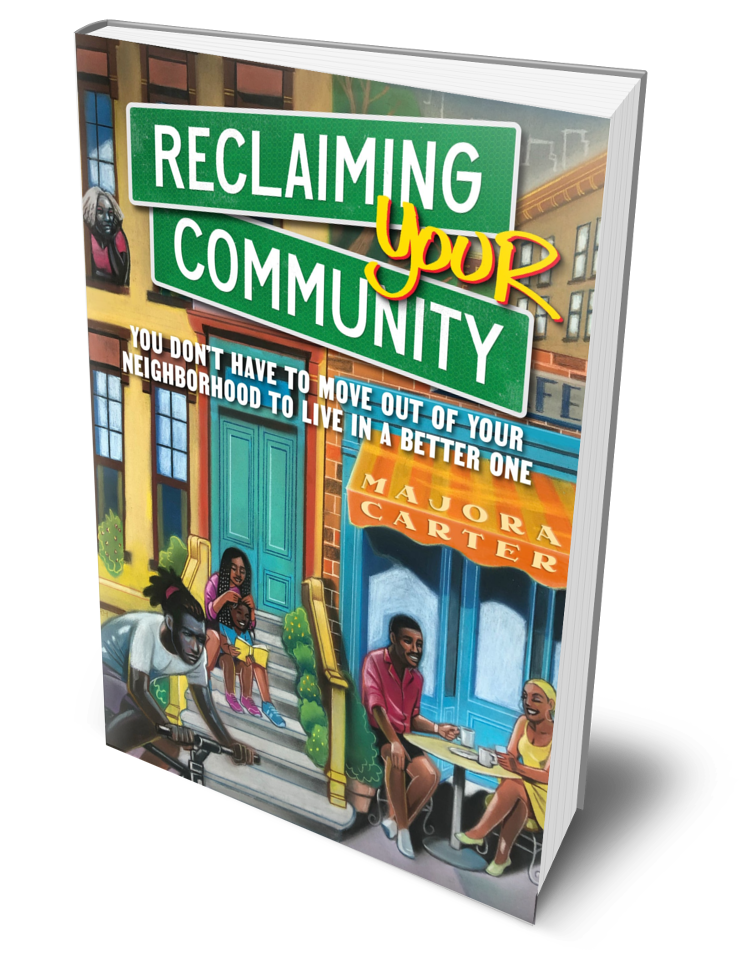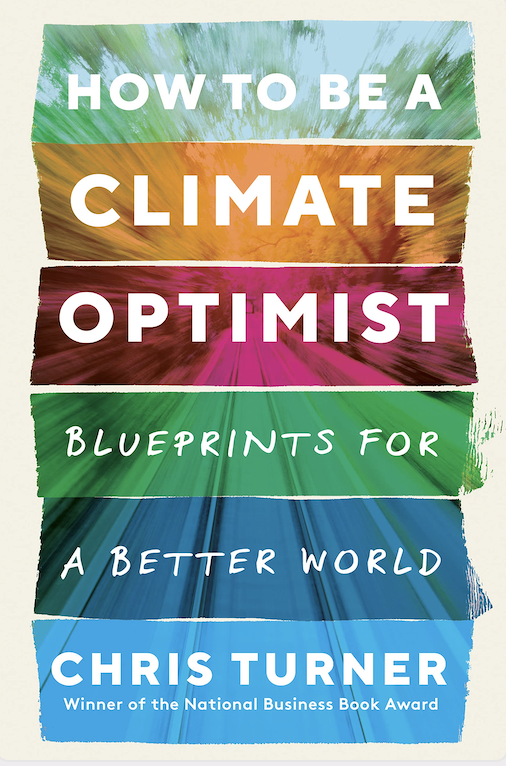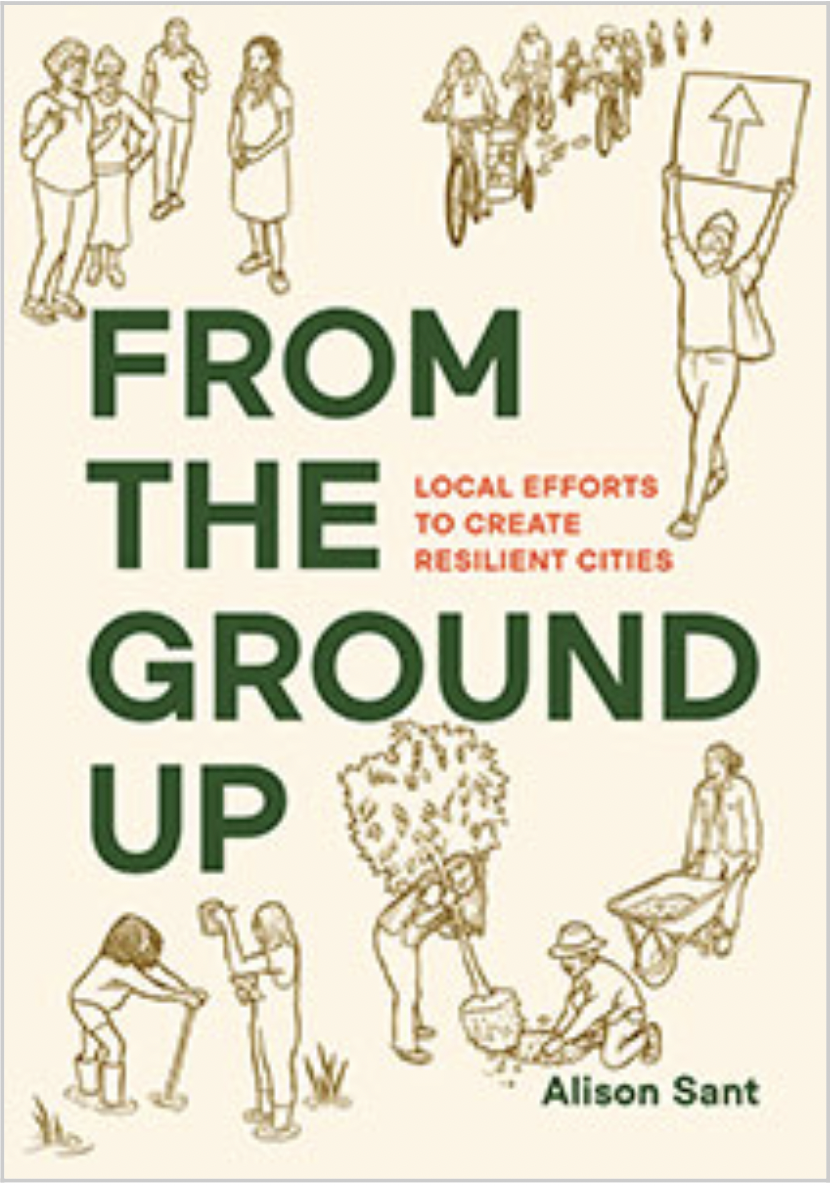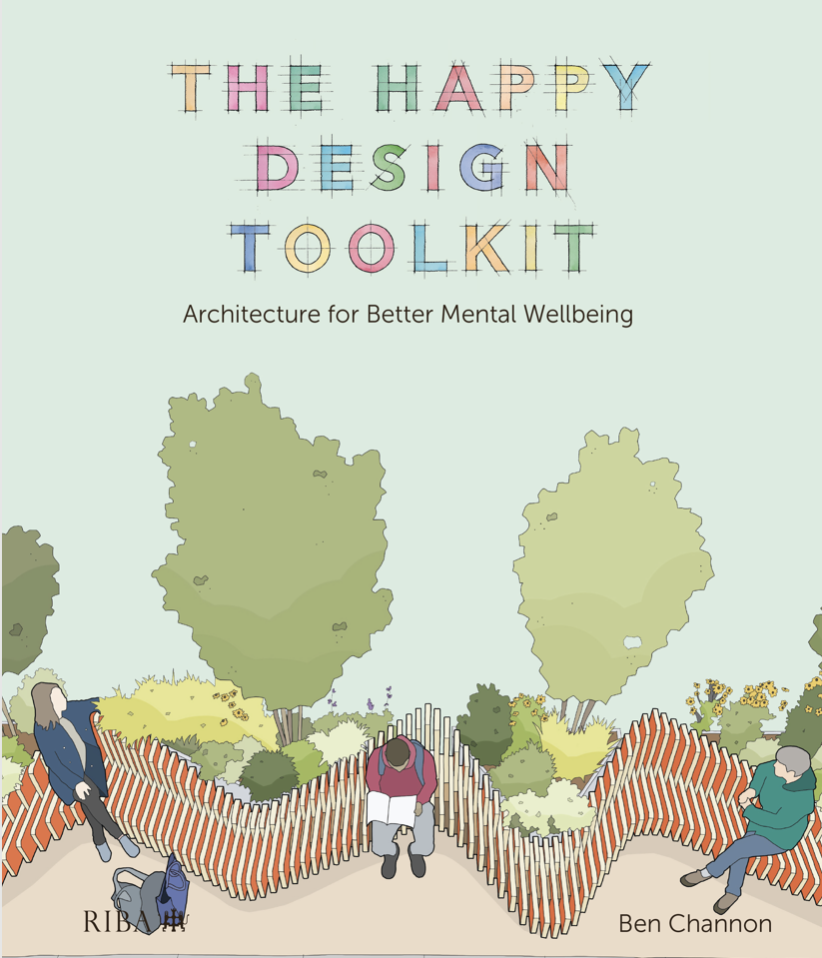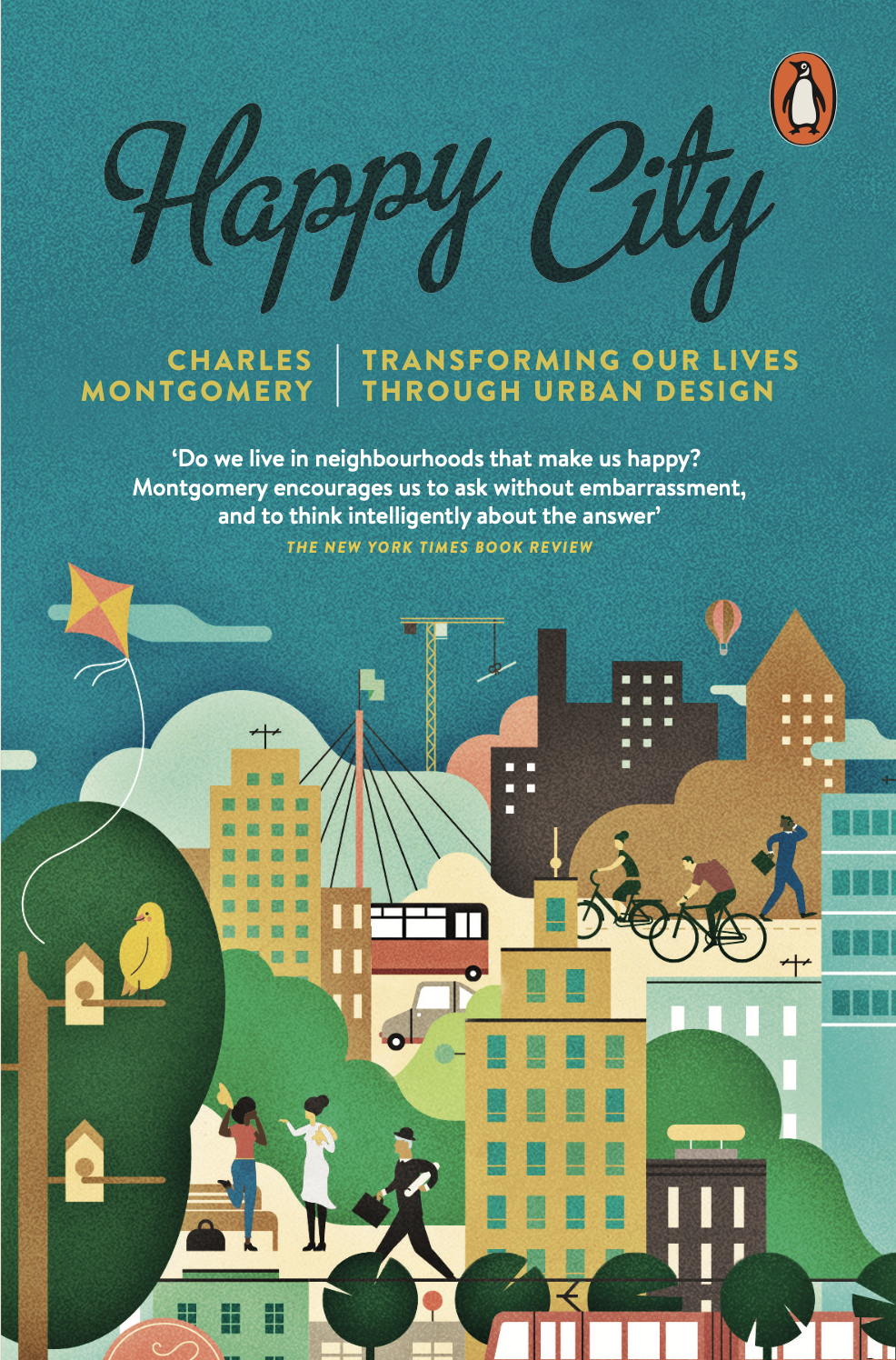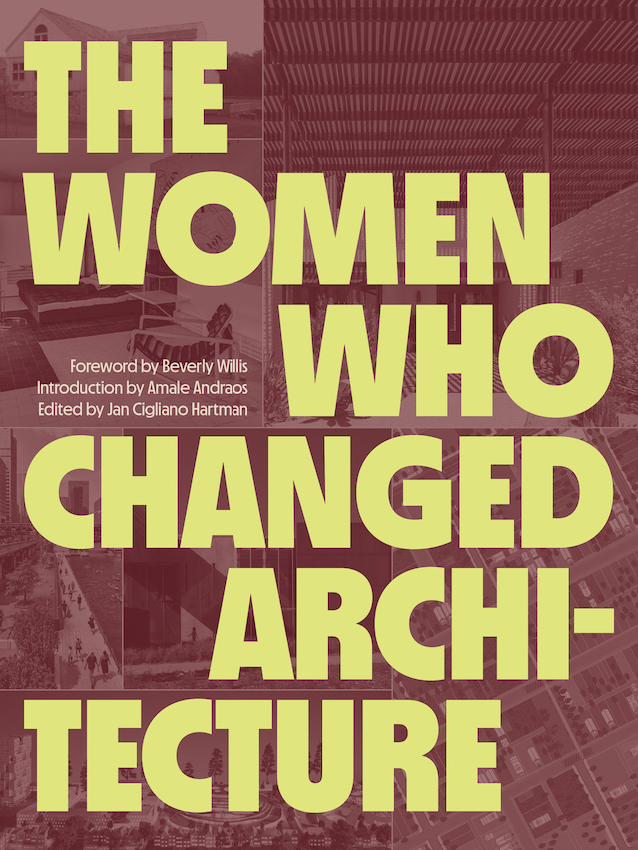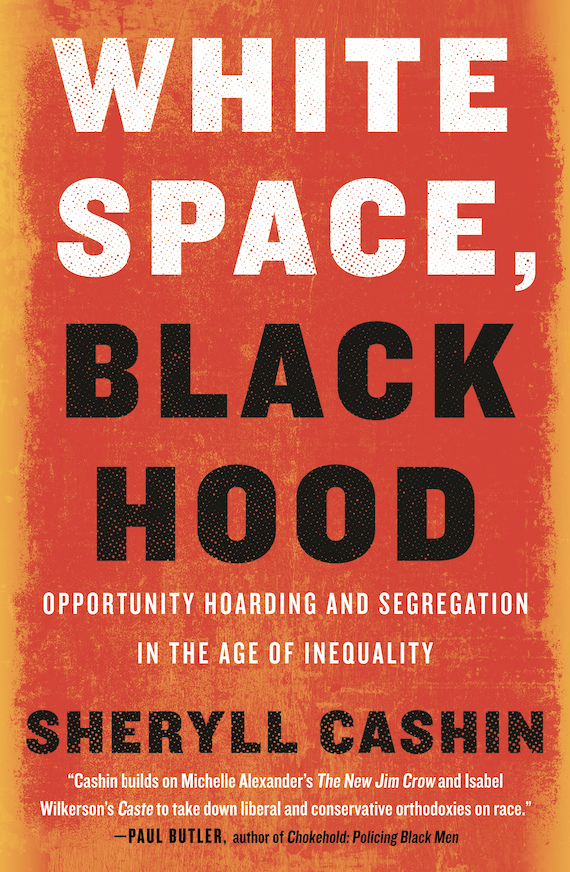2022 Summer Reading List
August 19, 2022 — Blog
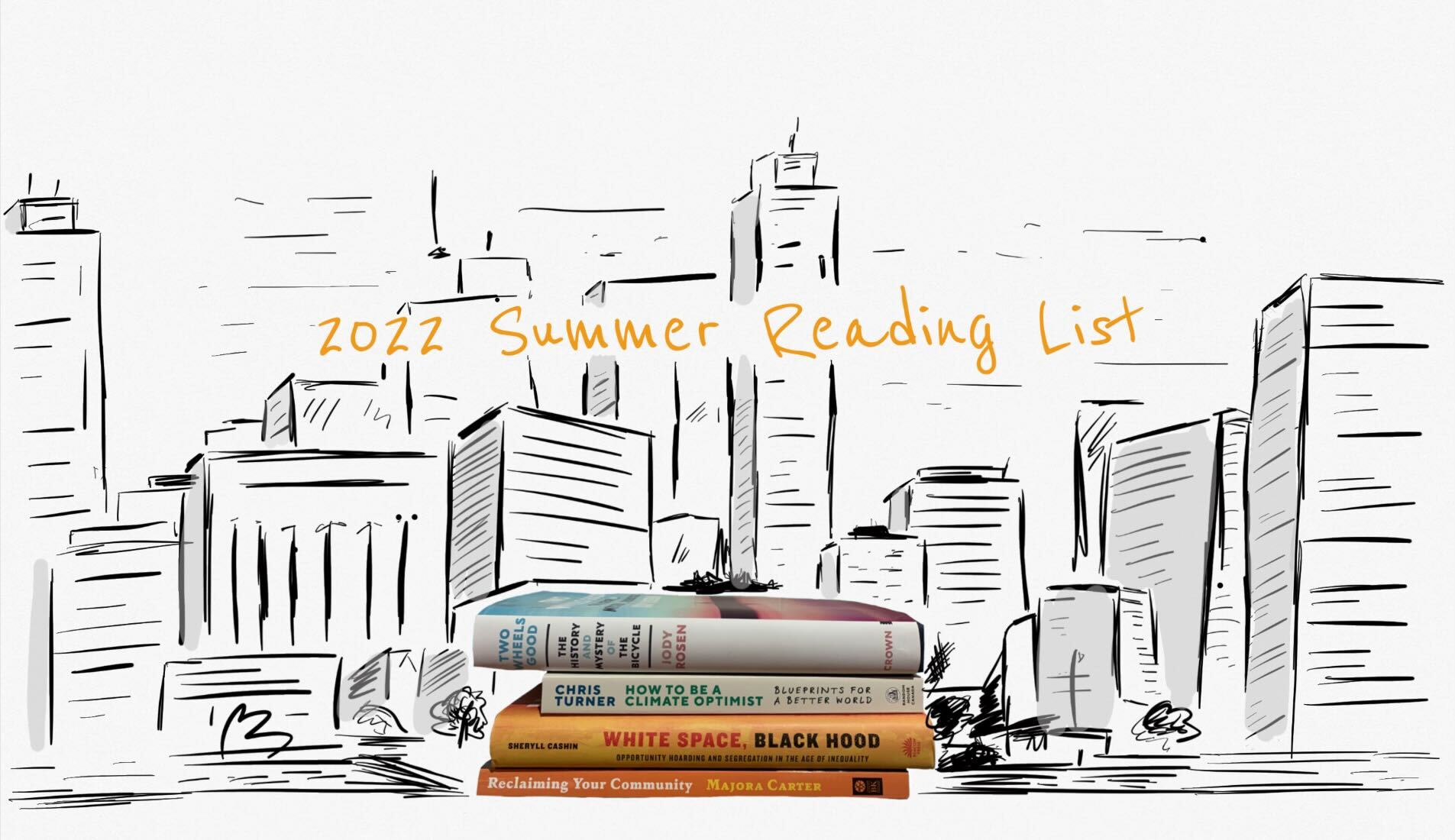
2022 Summer Reading List
10 Books To Expand Your Knowledge On Cities
Whether you are sitting at a café, in a park, or at the beach, the summer season is a great time to catch up on reading and cultivate new knowledge. We’ve rounded up a list of our favorite summer reads, written by innovative journalists, researchers, and urban practitioners that are rethinking the way we design and build our cities. Whether you’re interested in learning more about mobility, housing, equity, or climate, we’ve got something on our list for everyone!
ON MOBILITY:
Right of Way: Race, Class, and the Silent Epidemic of Pedestrian Deaths in America
By Angie Schmitt
Publisher: Island Press (2020)
American journalist Angie Schmitt writes about the tragedy of traffic accidents as a crisis rooted in inequality. As captured by the Journal of the American Planning Association, “Right of Way shines a light on the distressing spike in pedestrian fatalities in the United States and documents why this epidemic has disproportionately devastated low-income communities and people of color…”. This bold and skillfully written book challenges us to imagine cities that consider all pedestrians safety equally.
ON MOBILITY:
Two Wheels Good:
The History and Mystery of the Bicycle
By Jody Rosen
Publisher: Crown Publishing Group (2022)
Two Wheels Good: The History and Mystery of the Bicycle will transport you through two centuries of the bicycle’s evolution—from the earliest walking machine to the velocipede. Through the lens of a myriad of time frames, geographies, and personal stories, you will learn about continuously evolving bike culture. Anecdotal, captivating, and enlightening, this book will make you realize how little you know and how immense the impact of the bicycle is on the world.
ON HOUSING:
Brave New Home: Our Future in Smarter, Simpler, Happier Housing
By Diana Lind
Publisher: Public Affairs (2020)
Diana Lind provides intelligent and provocative insight into how the traditional American landscape of single-family homes with white fences and two-car garages can become lonely and inadequate for the people living in them, and the planet. Despite shifts in demographics and social norms, America’s setting and urban architecture remain stuck in the 50s. Drawing from her expertise and personal stories, Lind introduces us to alternative solutions to the traditional American urban way of living.
ON HOUSING:
Reclaiming Your Community: You Don’t Have to Move Out of Your Neighborhood to Live in a Better One
By Majora Carter
Publisher: Berret-Koehler Publishers (2022)
MacArthur Fellow and urban revitalist Majora Carter uses her book Reclaiming Your Community: You Don’t Have to Move Out of Your Neighborhood to Live in a Better One to introduce the concept a of talent retention strategy to improve the livelihoods of people living in low-income communities. This intensely personal book draws upon the author’s own experiences to illustrate the struggles faced by low-status communities and advocate for sustainable economic development practices.
ON ENVIRONMENT:
How to Be a Climate Optimist: Blueprints for a Better World
By Chris Turner
Publisher: Random House Canada (2022)
Packed with inspiration and insight, this book will immerse you into a state of hopefulness. Canadian journalist and author, Chris Turner, has elegantly written a book that moves past the despair of the ecological collapse and provides hope for a better future with projects underway that create a better quality of life. Turner presents us with an articulate report of where the sustainable future has first emerged, ranging from green islands in Denmark to green office parks in southern India.
ON ENVIRONMENT:
From the Ground Up: Local Efforts to Create Resilient Cities
By Alison Sant
Publisher: Island Press (2022)
From the Ground Up: Local Efforts to Create Resilient Cities highlights community and city efforts to redesign themselves in response to climate change while also improving people’s lives. Drawing on research from 90 interviews, Sant presents 12 case studies that delve into long-term solutions fueled by urban experimentation and community-based development, which can be replicated by cities worldwide to build better, environmentally-friendly places to live.
ON WELLBEING:
The Happy Design Toolkit: Architecture for Better Mental Wellbeing
By Ben Channon
Publisher: RIBA publishing (2022)
The places in which we live significantly impact our mental wellbeing. In The Happy Design Toolkit: Architecture for Better Mental Wellbeing, Ben Channon describes the potential of the built environment to create happier places. Through landscaping and urban design techniques, such as improved lighting, comfort, access to nature, and social interaction we can work towards improved mental health. As appropriately described by the title, Channon gives you easy-to-understand tips about developing inclusive and thriving communities.
ON WELLBEING:
Happy City: Transforming Our Lives Through Urban Design
By Charles Montgomery
Publisher: Doubleday Canada (2013)
Happy City: Transforming Our Lives Through Urban Design will make you rethink the entire concept of urban life. Award-winning journalist Charles Montgomery describes the potential of improving people’s lives in an increasingly urbanized world. Montgomery builds upon scientific findings, drawing a correlation between urban design and happiness to describe how we can use cities to shape our thoughts and behavior, make people happier, and even tackle the urgent challenges of our time.
n strategy to improve the livelihoods of people living in low-income communities. This intensely personal book draws upon the author’s own experiences to illustrate the struggles faced by low-status communities and advocate for sustainable economic development practices.
ON EQUITY:
The Woman Who Changed Architecture
Foreword by Beverly Willis, intro by Amale Andraos, and edited by Jan Cigliano Hartman
Publisher: Princeton Architectural Press (2022)
This book tackles one of the most significant issues in design: women not getting the appropriate recognition for their work. Going beyond a question of getting credit, this inequity impacts the way cities and buildings are designed. The authors of The Woman who Changed Architecture shed light on a problem that is far too often overlooked and praise over 100 important female figures that shaped the world of architecture, from early practitioners to contemporary leaders.
ON EQUITY:
White Space, Black Hood
By Sheryll Cashin
Publisher: Beacon Press (2021)
“Black hoods” are government created “ghettos” shaped by an American institution that is fueled by white supremacy. In order to begin work on taking apart these racist structures and policies that weaken Black lives, Cashin takes an in depth look at the history of anti-Black residential class in correlation with housing, schools, policing, and transportation. Using nearly 2 years of research, Sheryll Cashin advocates for the elimination of these state-sanctioned processes by changing the negative lens through which society views residents of poor black neighborhoods.
